I first met comic artist Winston Gambro nearly a decade ago. His father, John, and I were colleagues and friends. John introduced us due to Winston’s passion for comics. I invited Winston into the city to view my modest collection of IDW Artist’s Editions, nearly complete run of Amazing Spider-Man dating back to 1963, and obscure rarities I had collected by Chicago practitioners like Chris Ware, Ivan Brunetti, and Anya Davidson since the early 1990s. Since our introduction, I have had the pleasure to see Winston’s passion develop into a healthy career in the comics. This week, The COMP Magazine traveled by the BNSF Metra out to Aurora to discuss with Gambro the wide range of books he has worked upon, the design job he has at Oni Press, the necessity of juggling the career of an artist and a designer, and what is currently in the works for fall 2024.
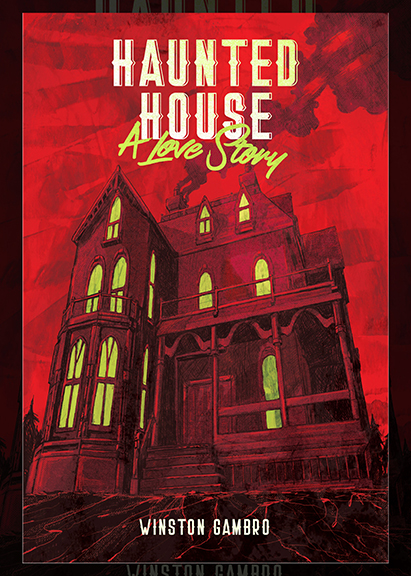
You are in the early stages of your career. However, you have already published books and you are working as a designer for Oni Press located in Portland, Oregon. Can you identify what prompted you to focus your life on creating comics? Were there any people or experiences you see that set you on this path?
I always loved telling stories and I always loved drawing, comics seemed like the ideal combination of the two. It helped that as a kid I fell in love with the Marvel universe, but once I got more into comics I soon realized what the medium could entail outside of superheroes.
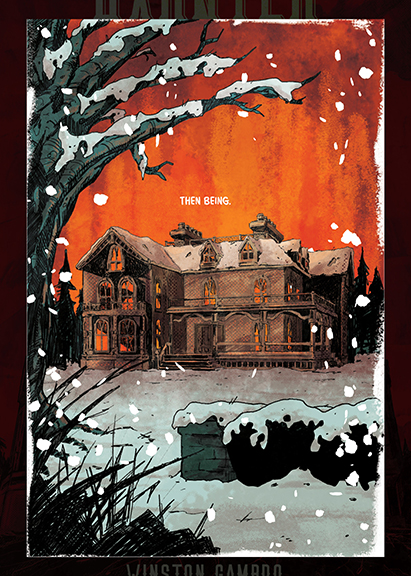
Like many people from my generation of artists, Jim Lee was instrumental in inspiring me. In college I listened to an interview with him where he talked about graduating pre-med and giving himself a year to break into comics. This involved him waking up, then drawing for 8 hours straight every day. That sort of work ethic just blew my mind, and serves as a constant inspiration to keep working.
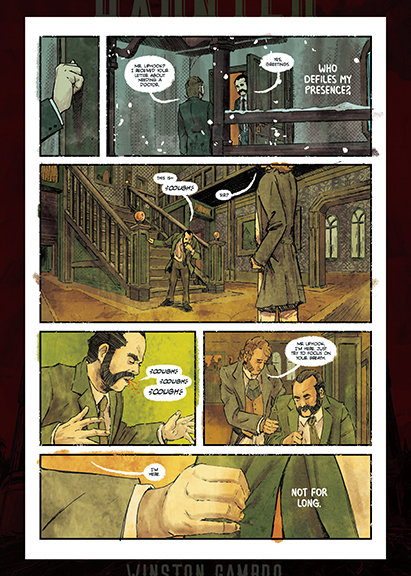
As a designer for Oni Press, you have worked upon several titles (e.g., Dwellings, The Sixth Gun Omnibus, etc.). How do you see this experience informing your process as a creator?
I’ve learned so much about comic creation in my relatively short time at Oni Press. If anything, it’s just helped me with processes and logistics of getting my own stuff out there and how to best format pages for print. And of course the inspiration from seeing so much amazing art all day is an incredible opportunity to constantly learn.
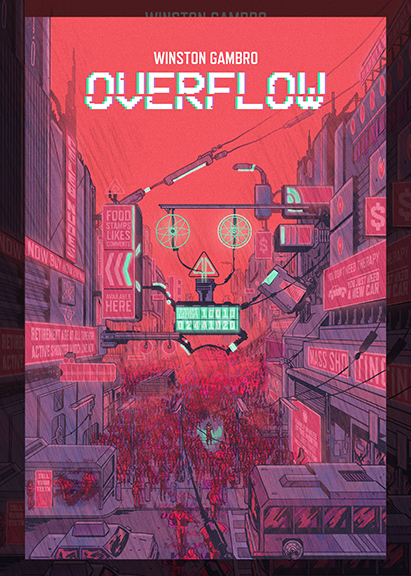
Can you walk us through the process of you 2018 title “Overflow”? Initially, this was an online publication, that you serialized into trade paperback. What initiated this project? What’s the primary focus of the content?
I don’t like to talk politics, but there’s no way around it. Overflow was entirely inspired by my reaction to the 2016 election. I felt that apathy had won, and I didn’t want to imagine that world was real: enter Overflow. A world where apathy has pushed the world to the breaking point.
I made it a webcomic initially simply to get eyes on it. As a no-name artist I think it’s hard to sell a book to people without showing them a LOT of the art. The goal was always to make it a physical book to the next level.
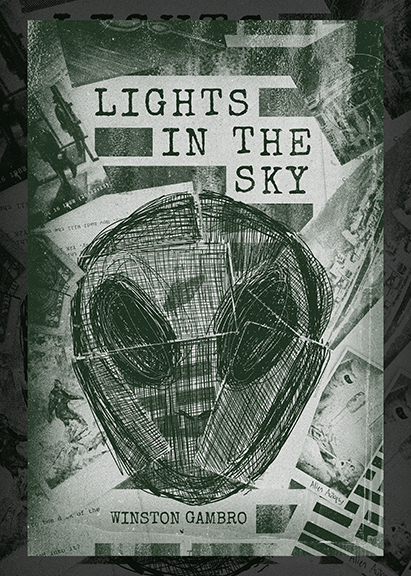
A common trait I see in young comic book creators is their ability to regiment their work. It’s a job that requires discipline, organization, and an ability to work on more than one project simultaneously. Can you walk us through your daily practice? What’s an average day for you?
Weekdays:
• 9-5: I work from home, designing Oni Press books.
• 5-7: I eat dinner and unwind.
• 7-9: I attempt to work on my projects, IE draw/write my books, do freelance design.
• 9-11: Unwind for the night
Weekend are more loose but each day usually has at least an hour of work.
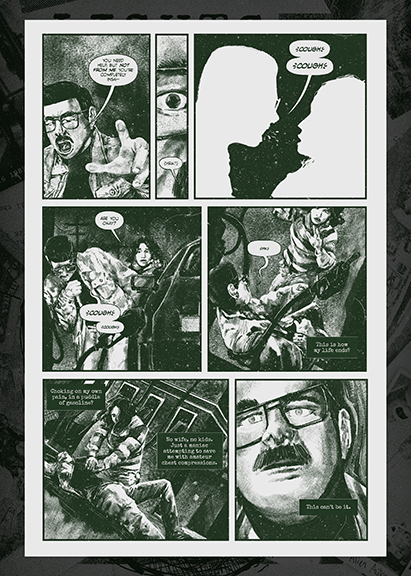
In looking at your comic book art, I see you hold the ability to work in a variety of styles (retro, simplified, limited color palette, etc.). This is important to establish a career and eventually define your voice. Can you discuss how you select a style or tone for your personal projects?
I think ambiance and tone are really undervalued part of comics, I’ve read a lot of great comics that get so much better with a unique style that seems to move the book to the (I THINK WE ARE MISSING SOMETHING Here?)
Selecting a tone is based a lot on instinct, IE for my comic Haunted House: A Love Story, I wanted it to be spooky so all the lettering is choppy and unsettling. The colors are abstract and the whole book has water color textures overlaid to make things feel “not right”.
My passion for aliens and unsolved mysteries were the inspiration for Lights in the Sky. I feel like aliens, Bigfoot, ghosts, etc., are all best represented by blurry/classified photos, and the less you see, the scarier and more real they feel. For Lights in the Sky, I tried to make the entire book feel like it was a redacted government file.
Along with that, I get bored drawing the same style, so I love to mix it up. For each book I usually look at a lot of inspiration that will match the style/story in mind, either looking at other comics, browsing Pinterest/Instagram, then making a mood board of it.
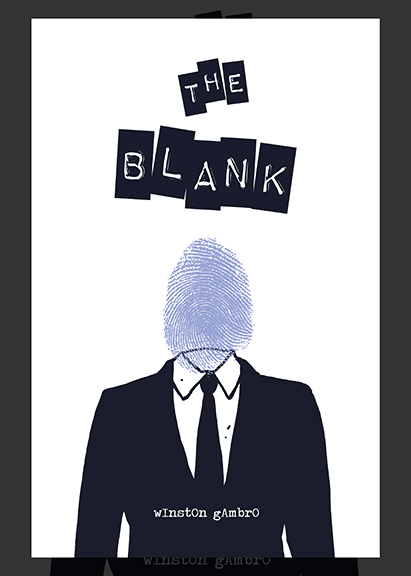
What do you value most in your comic book investigations and studio practice?
I think my timeliness and work ethic are my strongest traits. I’m not the best artist, but I work fast and consistently, and I think that pays off in the long run.
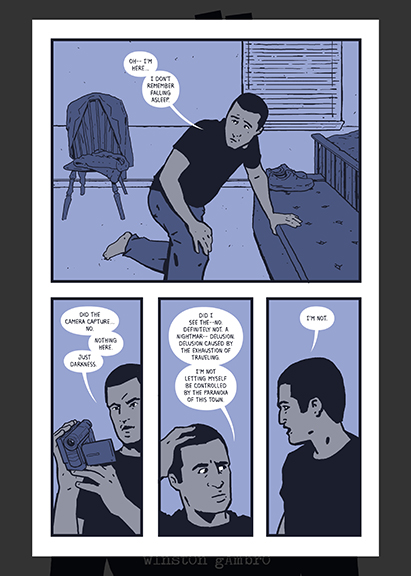
What are you working upon this summer? Do you have any upcoming releases or books under development? What’s the goal by the end of the year?
Right now I’m working on a pitch with the excellent writer, David Booher! I’m so excited to get it out in the real world and people can see the really unique story we’re telling.
Additionally, I’m kickstarting a hilarious book with writer, Jon Westhoff, that’s a must-read for comic fans.
By the end of the year I hope to have a start on my next book. Here’s a sneak preview of that art-style (still a work in progress).

For additional information on the comic art of Winston Gambro, please visit:
Winston Gambro – https://winstongambro.com
Winston on Twitter – twitter.com/winstongambro
Winston on Instagram – instagram.com/winstongambro
Gum Road – gumroad.com/winstongambro
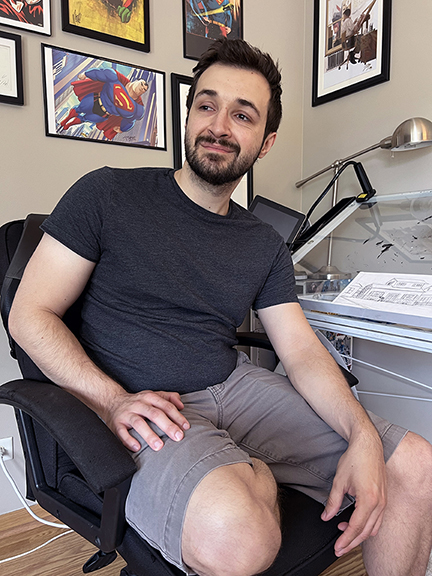
Artist interview and portrait by Chester Alamo-Costello


